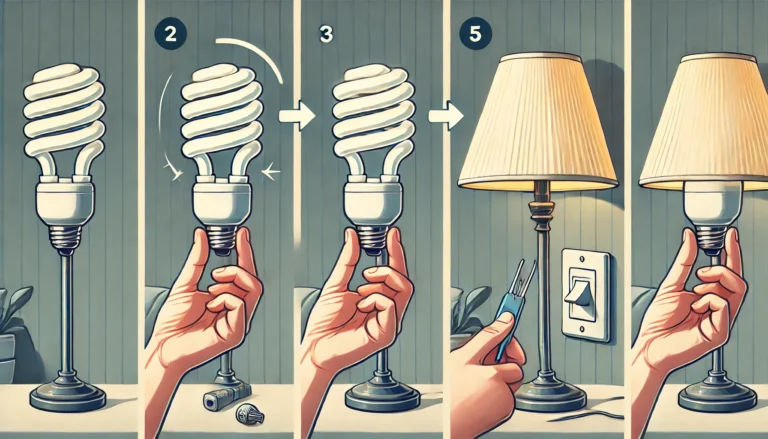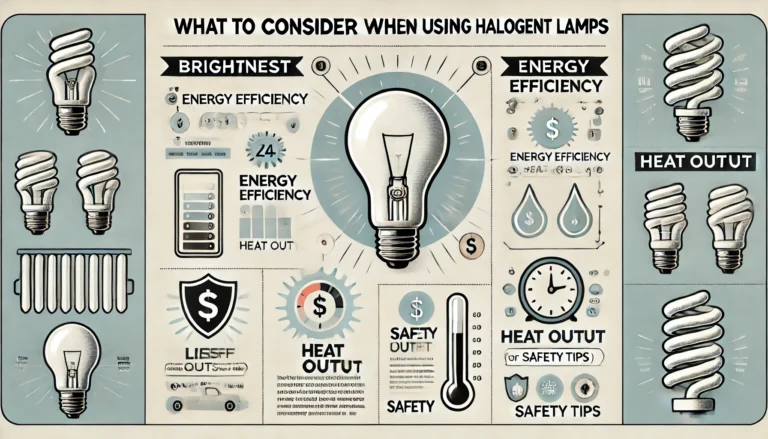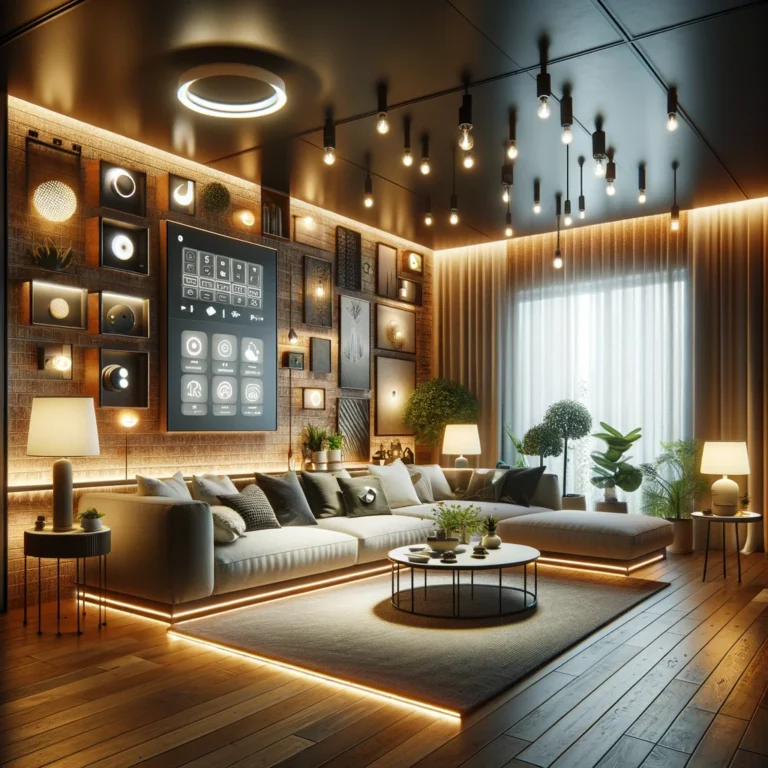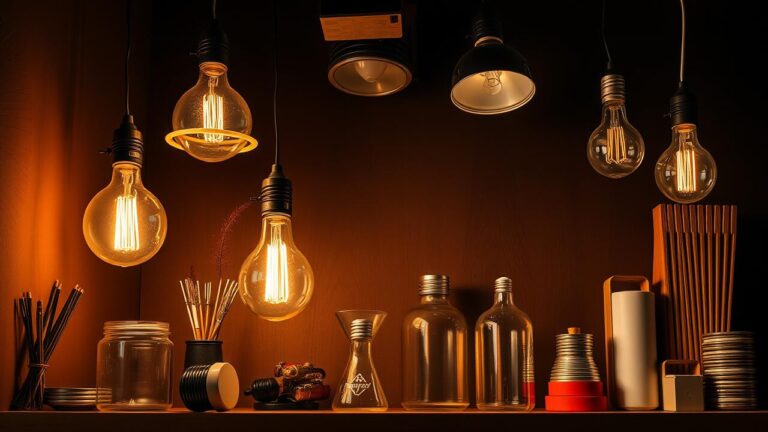What are the Benefits of Light Emitting Diodes (LEDs)
Light Emitting Diodes, commonly known as LEDs, have revolutionized the lighting industry. They are now a preferred choice for both residential and commercial applications due to their numerous advantages over traditional lighting solutions. In this article, we will explore the benefits of LEDs and why they are the future of lighting.
Energy Efficiency
One of the most significant benefits of LEDs is their energy efficiency. LEDs use a fraction of the electricity compared to incandescent or fluorescent bulbs. This energy efficiency translates to lower electricity bills and reduced energy consumption, making LEDs an environmentally friendly option.
How Do LEDs Save Energy?
LEDs work differently from traditional light bulbs. They produce light through a process called electroluminescence, where electrons pass through a semiconductor material and emit light. This process is much more efficient than the method used by incandescent bulbs, which generate light by heating a filament until it glows.
Key Points on Energy Efficiency:
- LEDs consume up to 90% less power than incandescent bulbs.
- Reduced power consumption leads to lower greenhouse gas emissions.
- Energy savings can result in significant cost reductions over time.
Longevity
Another notable advantage of LEDs is their longevity. LEDs can last up to 25,000 hours or more, significantly longer than traditional lighting solutions. This longevity means fewer replacements and lower maintenance costs.
Why Do LEDs Last Longer?
LEDs do not have filaments that can burn out, and they generate very little heat, reducing the wear and tear on the components. Their robust design ensures they can withstand more operational stress, leading to a longer lifespan.
Key Points on Longevity:
- LEDs can last up to 25 times longer than incandescent bulbs.
- Fewer replacements mean less waste and lower maintenance costs.
- Ideal for hard-to-reach areas where changing bulbs is inconvenient.
Durability
LEDs are known for their durability. Unlike traditional bulbs, LEDs are made with solid-state components that are not susceptible to breakage. This makes them ideal for use in various environments, including those with high vibration or extreme temperatures.
Key Points on Durability:
- LEDs are resistant to shock and vibration.
- They can operate efficiently in extreme temperatures.
- Ideal for industrial and outdoor applications.
Environmental Benefits
Switching to LEDs also offers numerous environmental benefits. LEDs do not contain toxic materials like mercury, which is found in fluorescent bulbs. They are also fully recyclable, which helps reduce landfill waste.
Key Points on Environmental Benefits:
- LEDs reduce carbon footprint due to lower energy consumption.
- Absence of toxic materials like mercury makes them safer for disposal.
- Their long lifespan means fewer replacements and less waste.
Improved Safety
Safety is another critical advantage of LEDs. Traditional light bulbs can become extremely hot and pose a fire risk, whereas LEDs remain cool to the touch even after extended use. This improved safety makes LEDs a safer option for various applications, including homes with children and pets.
Key Points on Safety:
- LEDs operate at a much cooler temperature.
- Reduced risk of burns and fire hazards.
- Safer for enclosed spaces and heat-sensitive environments.
Versatility and Design Flexibility
LEDs offer incredible versatility and design flexibility. They come in a wide range of colors and can be easily dimmed, allowing for creative lighting designs and applications. LEDs are used in everything from home lighting and commercial spaces to automotive and street lighting.
Key Points on Versatility:
- Available in a wide range of colors and temperatures.
- Can be easily dimmed for customized lighting solutions.
- Suitable for a variety of applications, from decorative to functional lighting.
Instant Lighting and Frequent Switching
LEDs provide instant light when turned on, with no warm-up time. They are also unaffected by frequent switching, which can significantly reduce the lifespan of traditional bulbs.
Key Points on Instant Lighting:
- LEDs light up instantly, providing full brightness immediately.
- Unaffected by frequent switching on and off.
- Ideal for areas where lights are turned on and off frequently, like bathrooms and kitchens.
When considering an upgrade to your lighting solutions, it’s essential to recognize the benefits of LEDs. These benefits include energy efficiency, longevity, and durability, which contribute to significant cost savings and environmental benefits. By choosing LEDs, you not only enhance the safety and versatility of your lighting but also invest in a solution that is better for the planet. With their improved design flexibility and instant lighting capabilities, LEDs are a superior choice for both residential and commercial applications—keywords: LED benefits, energy-efficient lighting, and long-lasting bulbs.
Conclusion
The benefits of Light light-emitting diodes (LEDs) are clear. From energy efficiency and longevity to durability and environmental benefits, LEDs offer numerous advantages over traditional lighting options. They are safer, more versatile, and provide instant lighting, making them an ideal choice for a wide range of applications. Whether you are looking to reduce your energy bills, minimize maintenance costs, or make a more environmentally friendly choice, LEDs are the way to go.
By understanding these benefits, you can make an informed decision about upgrading your lighting solutions to LEDs, ultimately improving your home or business’s efficiency and sustainability. So, why wait? Make the switch to LEDs and experience the difference for yourself.





